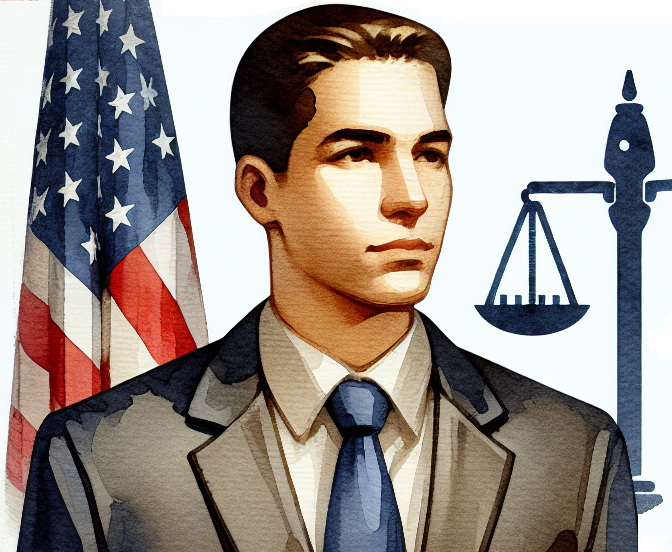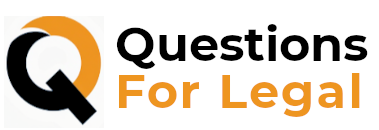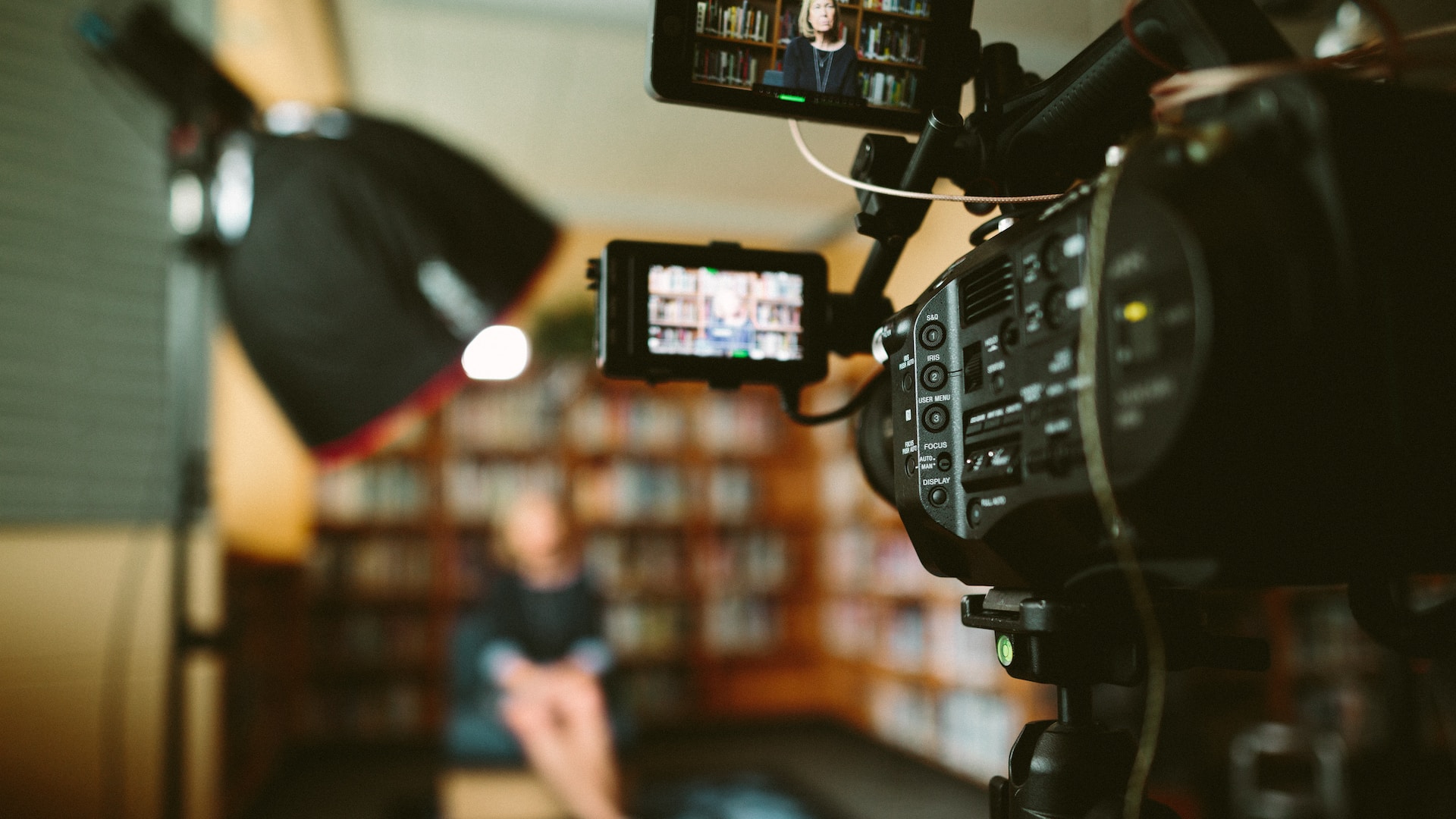Have you ever wondered whether a production company can use footage of you without your consent? This is a question that raises important legal and ethical concerns, as well as personal and social implications. In this blog post, we will explore the topic of using footage without consent, examining the legal framework, the different types of footage use, the exceptions to the consent requirement, and the remedies for unauthorized use. Our goal is to help you understand your rights and options in case you find yourself in a situation where your footage is being used without your permission. But first, let’s delve into why this issue matters to you and to society as a whole.
The importance of the issue of using footage without consent lies in its potential impact on various aspects of our lives, from privacy and identity to creativity and expression. Footage can capture our likeness, voice, actions, and context, and can be used for various purposes, such as news reporting, entertainment, advertising, or surveillance. However, the use of footage without consent can infringe on our rights and interests, such as the right to control our image and reputation, the right to be compensated for our creative or commercial contributions, or the right to be free from unwanted exposure or exploitation. Moreover, the proliferation of digital technologies and social media platforms has made it easier than ever to produce, distribute, and access footage, creating new challenges and opportunities for individuals, businesses, and governments. Therefore, it is crucial to understand the legal and ethical implications of using footage without consent and to advocate for fair and transparent practices that respect our rights and values.
While there are some exceptions to the consent requirement for using footage, such as fair use or public domain, the general rule is that you need to obtain consent from the subject of the footage or the owner of the copyright or other rights in the footage before using it. This rule serves to protect the interests of the parties involved and to promote a culture of consent and respect in our media and communication practices. However, enforcing this rule can be challenging, especially in cases where the footage is obtained surreptitiously, or where the use is deemed to be in the public interest or of social or artistic value. Therefore, we will discuss some of the practical and legal issues related to using footage without consent and suggest some strategies for preventing or addressing unauthorized use.
Table of Contents
- Legal Framework
- Use of Footage Without Consent
- Exceptions to Consent Requirement
- Remedies for Unauthorized Use
- Final thoughts
Legal Framework
To understand the rules and exceptions for using footage without consent, it is necessary to examine the legal framework that governs this issue. The legal framework consists of several interrelated areas of law, such as copyright law, right to privacy, and right of publicity. Let’s take a closer look at each of these areas and how they apply to using footage without consent.
Copyright law is a legal regime that grants exclusive rights to the creators of original works, such as photographs, videos, and films. Copyright law protects the expression of an idea, not the idea itself, and provides the owner of the copyright with the right to control the reproduction, distribution, and public performance of the work. Therefore, if a production company uses footage that is protected by copyright without the owner’s permission, it may be liable for copyright infringement. However, not all footage is protected by copyright, as some may be in the public domain, which means that it is not subject to copyright protection or has expired. Also, some uses of copyrighted footage may be considered fair use, which is a legal defense that allows the use of copyrighted material without permission for purposes such as criticism, commentary, news reporting, teaching, or research. However, fair use is a complex and context-dependent doctrine, and its application can vary depending on the nature and extent of the use, the nature of the copyrighted work, and the effect of the use on the market for the copyrighted work.
The right to privacy is a legal right that protects individuals from unwanted intrusion into their personal lives, including their physical, emotional, and mental space. The right to privacy can be violated by using footage of someone without their consent if the footage contains private information or exposes them to embarrassment, ridicule, or harm. However, the right to privacy is not absolute, and its scope can vary depending on the context, the expectation of privacy, and the public interest. For example, a news organization may use footage of a public figure in a public place without their consent if the footage relates to a matter of public interest or concern, such as a political event or a crime scene.
The right of publicity is a legal right that protects individuals from unauthorized commercial exploitation of their name, likeness, or identity. The right of publicity is closely related to the right to privacy but is focused on the commercial value of a person’s identity rather than their privacy interests. The right of publicity can be violated by using footage of someone without their consent if the footage is used for commercial purposes, such as advertising, endorsement, or merchandising. However, the right of publicity is also subject to limitations and exceptions, such as the newsworthiness or public interest exception, which allows the use of a person’s identity in news or public affairs contexts, even without their consent.
Use of Footage Without Consent
The use of footage without consent raises various legal and ethical issues that affect not only the individuals depicted in the footage but also the production companies and their audiences. In this section, we will discuss the definition of “use,” the examples of when footage is used without consent, and the legal implications of such use.
Definition of “use”
The term “use” refers to any act that involves the manipulation, reproduction, distribution, or public display of footage, whether in its original or modified form. Use can include, but is not limited to, broadcasting, streaming, publishing, uploading, downloading, sharing, selling, licensing, or exhibiting footage. The use of footage can have different purposes and effects, such as informing, entertaining, persuading, or educating the audience, depending on the context and the intent of the user.
Examples of when footage is used without consent
Footage can be used without consent in various situations, some of which may be more justifiable than others. For example, a production company may use footage of a person without their consent if the person is in a public place and the footage is related to a matter of public interest, such as a news event, a documentary, or a historical record. However, the production company may not use footage of a person without their consent if the person is in a private place and the footage is not related to a matter of public interest, such as a personal conversation, a home video, or a surveillance footage. Other examples of using footage without consent include using footage for commercial purposes, such as advertising, marketing, or merchandising, or using footage for artistic or expressive purposes, such as remixing, parodying, or sampling.
Legal implications of using footage without consent
Using footage without consent can have legal implications that depend on the specific circumstances and the applicable laws. As discussed in the previous section, using footage without consent can infringe on the owner’s copyright, violate the subject’s right to privacy or publicity, or constitute a breach of contract or a tortious act. The legal consequences of using footage without consent can include monetary damages, injunctions, or criminal sanctions, depending on the severity and the duration of the infringement, the intent of the infringer, and the harm caused to the owner or the subject of the footage. However, the legal implications of using footage without consent can also vary depending on the jurisdiction, as different countries and states have different laws and standards for copyright, privacy, and publicity. Therefore, it is important for production companies and other users of footage to be aware of the legal implications of their actions and to seek legal advice when in doubt.
The use of footage without consent is a complex issue that requires a nuanced understanding of the legal, ethical, and social dimensions involved. Production companies and other users of footage should strive to respect the rights and dignity of the individuals depicted in the footage and to obtain their consent whenever possible. In the next section, we will explore the different ways to obtain consent and the best practices for doing so.
Exceptions to Consent Requirement
While obtaining consent is generally the best practice for using footage, there are some exceptions to the consent requirement that may allow for the use of footage without obtaining explicit consent. In this section, we will discuss three common exceptions: public domain, fair use, and consent through implied contract.
Public domain
Footage that is in the public domain can be used without obtaining consent because it is no longer protected by copyright law or other legal restrictions. Footage enters the public domain when its copyright has expired, the copyright owner has waived their rights, or the footage was created by the government or in the public domain from inception. Public domain footage can be used for any purpose, including commercial, without seeking permission or paying royalties. However, it is important to verify that the footage is indeed in the public domain, as some works may have complex copyright histories or may be subject to other legal restrictions.
Fair use
Fair use is a legal doctrine that allows for the use of copyrighted footage without obtaining consent, under certain circumstances. Fair use is intended to balance the interests of copyright owners and the public’s right to access and use copyrighted material for purposes such as criticism, commentary, news reporting, teaching, scholarship, or research. To determine whether a use of footage is fair, courts consider four factors: the purpose and character of the use, the nature of the copyrighted work, the amount and substantiality of the portion used in relation to the whole, and the effect of the use on the potential market or value of the copyrighted work. Fair use is a fact-specific and case-by-case analysis, and there is no bright-line rule or safe harbor for using footage under fair use. Therefore, users of footage who seek to rely on fair use as an exception to the consent requirement should consult with legal counsel and conduct a fair use analysis before using footage.
Consent through implied contract
Consent to the use of footage can also be obtained through an implied contract, such as when a person participates in an event or a performance that is recorded, or when a person enters into a contractual relationship with a production company that includes a provision on the use of footage. In such cases, the consent to the use of footage is implied by the person’s actions or agreement, even if no explicit consent was obtained. However, the scope and the duration of the implied consent may be limited by the specific terms of the agreement or by the implied expectations of the parties. For example, if a person participates in a public event, they may implicitly consent to the use of their image for news reporting or documentary purposes, but not for commercial or defamatory purposes.
While exceptions to the consent requirement exist, they are generally limited and subject to legal interpretation. Production companies and other users of footage should be aware of the exceptions and the legal risks associated with relying on them. When in doubt, seeking consent from the copyright owner and the subject of the footage is the best practice to avoid legal disputes and maintain ethical standards. In the next section, we will discuss the different ways to obtain consent and the best practices for doing so.
Remedies for Unauthorized Use
If a production company or any other user of footage uses your image or likeness without your consent, you may have legal remedies to protect your rights and seek compensation. In this section, we will discuss three common remedies: injunctions, damages, and criminal penalties.
Injunctions
An injunction is a court order that requires the defendant to stop using the footage or to take other specific actions to remedy the harm caused by the unauthorized use. In the case of unauthorized use of footage, an injunction may be sought to prevent the continued use of the footage or to require the removal or destruction of the footage already in use. Injunctions can be temporary or permanent, and they can be accompanied by monetary sanctions if the defendant violates the injunction.
Damages
Damages are monetary compensation awarded to the plaintiff for the harm caused by the unauthorized use of the footage. Damages can be awarded for economic losses, such as lost profits or licensing fees, or for non-economic losses, such as emotional distress or reputational harm. The amount of damages awarded depends on the specific facts and circumstances of each case, and the court has broad discretion to determine the appropriate amount of damages. In some cases, damages can be awarded even if the plaintiff cannot prove actual harm, based on a statutory or common law cause of action.
Criminal penalties
In some jurisdictions, the unauthorized use of footage may also be a criminal offense that can result in fines or imprisonment. Criminal penalties may apply if the unauthorized use of the footage is accompanied by other illegal acts, such as fraud, identity theft, or invasion of privacy. Criminal penalties may also apply if the footage is used for pornographic or other unlawful purposes. The specific criminal penalties and the level of intent required to establish criminal liability vary by jurisdiction and by the nature of the offense.
If you discover that a production company or any other user of footage has used your image or likeness without your consent, you should consult with legal counsel to determine the appropriate legal remedies available to you. In some cases, a combination of injunctions, damages, and criminal penalties may be necessary to fully protect your rights and deter future unauthorized uses of your footage. It is important to act promptly and diligently to preserve your rights and to avoid potential statute of limitations or other legal obstacles.
Final thoughts
If you want to protect your rights regarding the use of your image or likeness, there are several steps you can take. First, you should be aware of the legal framework that applies to the use of footage and seek legal advice if you have any questions or concerns. Second, you should be mindful of the risks associated with sharing your image or likeness, especially on social media or other public platforms. Third, you should consider using privacy settings, watermarks, or other technical measures to control the distribution of your footage. Fourth, you should be prepared to enforce your rights if you discover any unauthorized use of your footage, by sending cease and desist letters, filing lawsuits, or seeking other legal remedies.
In conclusion, the issue of unauthorized use of footage is a complex and evolving area of law and practice. It requires a nuanced understanding of the legal framework, as well as a broader perspective on the ethical and social implications of using someone’s image or likeness without their consent. By taking proactive steps to protect your rights and by promoting a culture of respect for privacy and dignity, we can help ensure that the use of footage is both legal and ethical.

An accomplished defense lawyer who, after hours of navigating the complexities of the legal system, enjoys spending free time honing his marksmanship skills at the shooting range.





